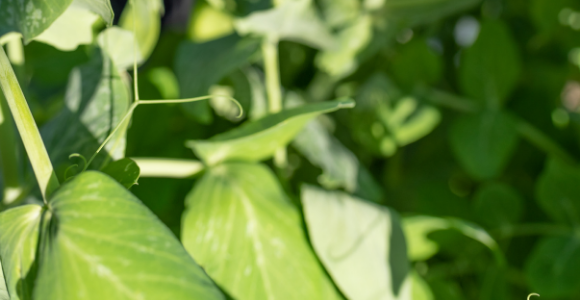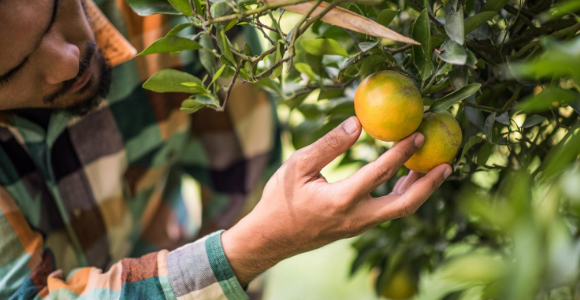
Hort Innovation’s revised trade process
29 September 2020
Webinar recording: Biopesticides in vegetable production
6 October 2020Labour
A report was released this week forecasting Australian horticulture industry is facing a shortage of up to 26,000 harvest workers throughout this coming season.
The report commissioned by Hort Innovation and completed by Ernst & Young indicates that the impact of COVID-19, along with the reduction in Working Holiday Makers coming into the country, means the industry is set for a major labour shortage.
Key points from the report include:
- National monthly demand for causal labour will vary between 11,400 and 36,800 headcount over the next 18 months.
- Seven production regions constitute most of the total casual labour demand:
- QLD: Cairns, Wide Bay
- VIC: North West Victoria, Shepparton
- NSW: Coffs Harbour – Grafton, Murray
- SA: South Australia South East
- Current scenario projections indicate that the casual labour gap will increase from November 2020 and reach a peak in March 2021, likely to represent a gap ranging between 20,000 and 26,000 roles.
- The deficit could be even greater if international border reopening is deferred past our current assumption of the borders opening by March 2021.
The report confirms in detail what industry has suspected for a long time and has been advocating hard to avoid. It provides detailed numbers that can be used to spread the message to government and through media about how real this issue is.
Working Holiday Maker numbers in Australia have continued to decline from 141,000 on 1 January to just over 67,000 remaining in the country. This has drastically reduced the workforce options for growers and has forced them to make significant planting and harvest decisions.
AUSVEG has used this new data to form its latest advocacy piece and has gone to State and Federal Governments and media with the key messages. AUSVEG is urging State and Federal Governments to listen to the findings of the report and the concerns of growers and act now to ensure they have access to the domestic and seasonal workers they need to be able to harvest their fruits and vegetables.
AUSVEG has been extremely active in the media over the past week highlighting labour shortages in the sector, with various stories featured on a range of media. AUSVEG has featured across over 220 national and regional print and broadcast media stories, with a total combined audience of over 3.1 million. AUSVEG has also appeared widely across local and global online media, reaching a potential audience of over 90 million.
Just some of the stories are below:
- Farm labour shortage: New data flags worker shortage of 26,000 for horticulture sector – The Weekly Times (subscription required)
- Morrison promises backpackers and islanders can stay, incentives for welfare recipients – The Australian (subscription required)
- Farmers need 26,000 workers that aren’t here this summer – ABC News
- Destroying spinach and sacrificing cabbages: The worker drought wasting Australia’s produce – The Sydney Morning Herald
- Coronavirus restrictions leave 26,000 fruit picking jobs unfilled – The Weekly Times
- Want to earn up to $500 a day? Aussie farmers are hiring after COVID-19 leaves industry with fruit picking shortage – A Current Affair
- “This isn’t a narrow industry issue, this is a matter of food and national security” – Hortidaily
AUSVEG and the NFF Horticulture Council have been advocating strongly for the 10-point plan to solve horticulture’s labour issues, but messages have been mixed over what industry may get in Tuesday’s Federal Budget.
AUSVEG is also focusing strongly on two key parts of this issue, stressing the urgent need to get Seasonal Worker Programme flights operating, as well as putting a federal incentive in place to attract domestic workers into horticulture.
The pilot trial of the Seasonal Worker Programme in the Northern Territory has demonstrated that there is an appetite from growers and workers alike to use this pathway to get workers on fruit and vegetable farms to perform much-need picking, harvesting and packing roles. All states and territories, except Western Australia, have opted-in to restart the Seasonal Worker Programme, but there continues to be a slow drawn out process to deliver flights with workers from nations such as Tonga and Papua New Guinea to fill critical farm labour shortages from the domestic labour market and the decline in Working Holiday Makers in Australia.
It is important to note that while the flight to the Northern Territory was positive, and that many states have signed up to the programme, we are still yet to see any more flights come into the country. The first and only flight was for just 162 workers and was over a month ago.
AUSVEG will be watching with a keen interest as the Federal Budget is handed down next week. AUSVEG will continue to lead and drive these messages through Federal and State Governments, as well as using the media to urge them to address this major issue and find some solutions for the industry.
Drought Water Infrastructure Rebate
The Coalition Government has announced a significant increase in its financial support to Australian farmers to help them become more drought resilient by delivering a $50 million boost to the successful drought water infrastructure rebate.
Minister for Resources, Water and Northern Australia, Keith Pitt, said the Government is doubling its funding for the successful On-farm Emergency Water Infrastructure Rebate Scheme to $100 million.
For more information about the On-farm Emergency Water Infrastructure Rebate Scheme visit the Department of Agriculture, Water and the Environment’s website.

